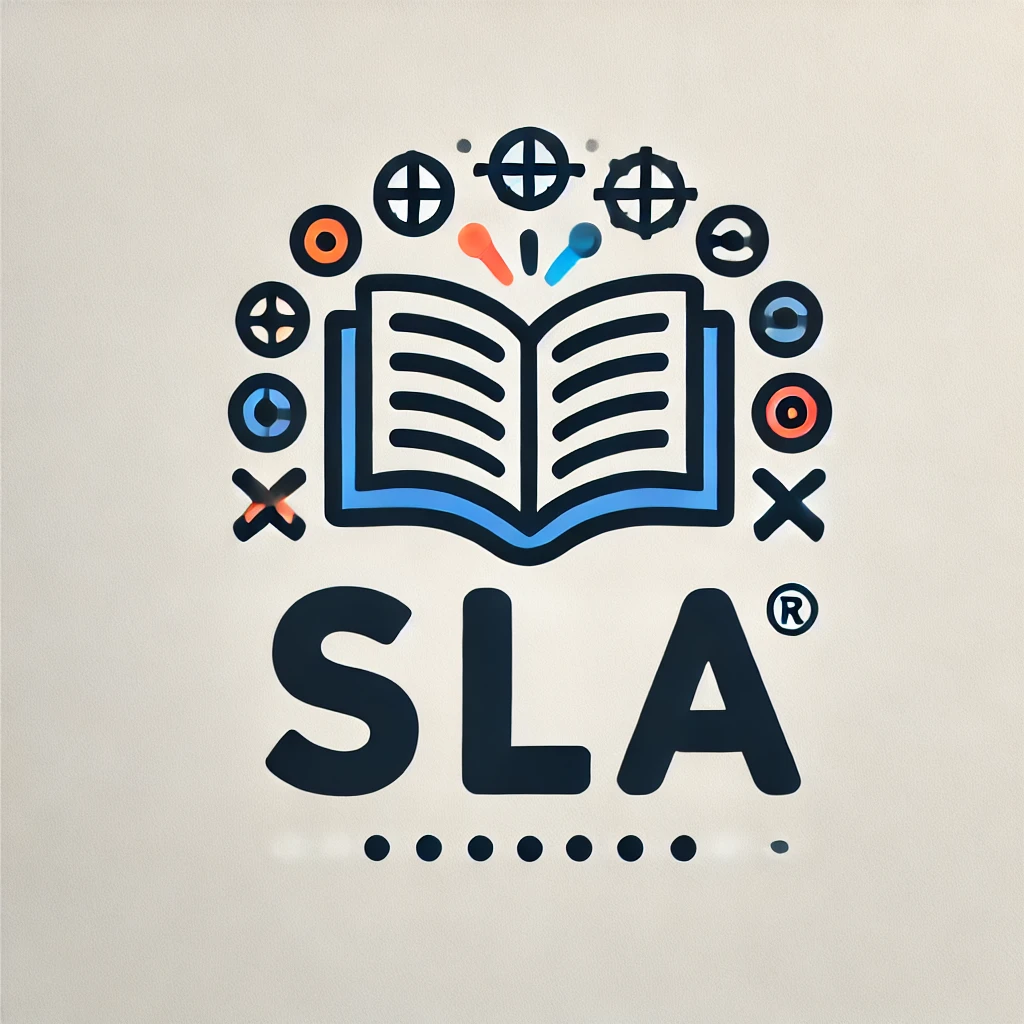What Are The Differences In Language Learning Strategies For Children And Adults?

Introduction
Language learning is an essential skill that can open many doors for personal and professional growth. Whether you are a child or an adult, mastering a new language can expand your horizons and connect you with new cultures and experiences. However, the approach to language learning can vary significantly between children and adults. In this article, we will explore the differences in language learning strategies for children and adults, and how you can make the most out of your language learning journey.
Cognitive Development
Children and adults have different cognitive abilities when it comes to learning a new language. Children have a more flexible brain that is highly receptive to language learning. Their brains are still developing, and they naturally absorb new information at a rapid rate. On the other hand, adults have a more established cognitive structure, which can make it harder for them to pick up unfamiliar linguistic patterns. Understanding these differences can help you tailor your language learning strategies to your age group.
Pronunciation
One of the biggest challenges for adult language learners is mastering the pronunciation of a new language. Children, on the other hand, are more adept at picking up new sounds and accents. This is because the human brain is most receptive to language sounds during infancy and early childhood. As an adult learner, you may struggle to reproduce certain sounds that are not present in your native language. However, with practice and guidance, you can improve your pronunciation skills over time.
Vocabulary Acquisition
Children and adults also approach vocabulary acquisition differently. Children often learn new words through contextual clues and visual aids. They are more likely to pick up words organically through everyday interactions and immersion in the language. Adults, on the other hand, may rely more on formal vocabulary lists and memorization techniques to expand their vocabulary. By understanding how children and adults learn new words, you can develop a personalized vocabulary learning strategy that suits your learning style.

Grammar
Grammar is a fundamental aspect of language learning that can be challenging for both children and adults. Children often acquire grammar rules implicitly through exposure to the language, while adults may need more explicit instruction on grammar concepts. Adults may also have preconceived grammar rules from their native language that can interfere with their understanding of a new language’s grammar. By focusing on grammar drills and exercises, both children and adults can improve their grasp of a new language’s grammar rules.
Cultural Understanding
Learning a new language is not just about mastering vocabulary and grammar – it also involves understanding the culture and context in which the language is spoken. Children may have a more malleable mindset when it comes to absorbing cultural nuances, while adults may bring their own cultural baggage to the language learning process. By immersing yourself in the cultural aspects of a language, you can deepen your understanding and appreciation of the language as a whole.
Motivation
Motivation plays a crucial role in language learning, regardless of age. Children are often motivated to learn a new language through play, social interactions, and curiosity about the world around them. Adults, on the other hand, may have more specific goals for learning a new language, such as career advancement or travel opportunities. By identifying your motivations for learning a new language, you can stay focused and committed throughout the learning process.
Language Learning Resources
Children and adults have access to a wide range of language learning resources that cater to their different learning styles. For children, interactive apps, games, and videos can make the language learning experience fun and engaging. Adults, on the other hand, may prefer traditional textbooks, language exchange programs, and immersive language courses. By exploring different resources and finding what works best for you, you can accelerate your language learning progress.
Conclusion
In conclusion, language learning strategies can vary significantly between children and adults. By understanding the cognitive, linguistic, and motivational differences between age groups, you can tailor your language learning approach to suit your individual needs. Whether you are a child or an adult, learning a new language is a rewarding and transformative experience that can enrich your life in many ways. Remember to stay patient, stay motivated, and enjoy the journey of discovering a new language and culture.

